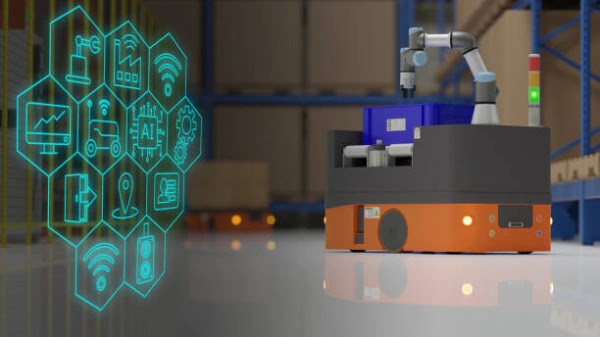Featured
- Get link
- X
- Other Apps
What is Mean by Customization and Flexible Manufacturing?
Customization is the process of making a product or service to meet the exact needs of a customer. This can involve changing the design, materials, or features of the product. Flexible manufacturing is a manufacturing strategy that allows for the production of a variety of products or services with minimal changes to the production process. This can be achieved through the use of modular machines, automated systems, and computer-aided design (CAD) and manufacturing (CAM) software.
Mass customization is a marketing and industrial technique
that combines the flexibility and personalization of custom-made products with
the low unit costs related with mass production. This is achieved by using flexible
manufacturing systems to produce products in small batches that are customized
to the needs of individual customers.
Here are some of the key differences between
customization and flexible manufacturing:
Customization is focused on meeting the specific needs of a
single customer, while flexible manufacturing is focused on producing a variety
of products or services with minimal changes to the production process.
Customization is typically more expensive than flexible
manufacturing, as it requires more time and resources to produce each product.
Customization is often used for high-end products or
services, while flexible manufacturing is often used for mass-produced products
or services.
Here are some examples of customization and flexible
manufacturing:
Customization: A furniture company that allows customers to
choose the size, color, and fabric of their sofa.
Flexible manufacturing: A car manufacturer that produces a
variety of car models on the same production line.
Mass customization: A clothing company that produces a
variety of clothing styles in small batches, each of which is customized to the
needs of a specific customer.
Flexible manufacturing and mass customization are both
important manufacturing strategies that can help businesses meet the needs of
their customers. The best strategy for a particular business will depend on the
type of products or services it offers, the target market, and the budget.
What is an example of flexible manufacturing?
Flexible manufacturing is a manufacturing strategy that
allows for the production of a variety of products or services with minimal
changes to the production process. This can be achieved through the use of
modular machines, automated systems, and computer-aided design (CAD) and
manufacturing (CAM) software.
Here are some examples of flexible manufacturing:
An automobile factory that can produce a variety of car
models on the same production line.
A furniture factory that can produce a variety of furniture
styles on the same production line.
A clothing factory that can produce a variety of clothing
sizes and styles on the same production line.
A toy factory that can produce a variety of toy designs on
the same production line.
A medical device manufacturer that can produce a variety of
medical devices on the same production line.
These are just a few examples of flexible manufacturing. The
specific applications of flexible manufacturing will vary depending on the
industry & the products or facilities being produced.
Here are some of the key features of flexible
manufacturing:
Modular machines: Modular machines are machines that can be
easily reconfigured to produce different products. This makes them ideal for
use in flexible manufacturing systems, as they can be easily adapted to changes
in customer demand.
Automated systems: Automated systems can be rummage-sale to move
materials between machines and to perform tasks such as loading and unloading
parts. This can help to improve competence and productivity in a flexible
manufacturing system.
Computer-aided design (CAD) and manufacturing (CAM)
software: CAD software can be used to design products, while CAM software can
be used to generate the code that controls the machines in a flexible
manufacturing system. This can help to improve the competence and accuracy of
the production process.
Flexible manufacturing can offer a number of benefits,
including:
Increased flexibility: Flexible manufacturing systems can be
used to produce a variety of products or services with minimal changes to the
production process. This makes them a good option for businesses that need to
be able to quickly adapt to changes in customer demand.
Increased efficiency: Flexible manufacturing systems can
help to improve efficiency by reducing the amount of time and labor required to
produce products.
Increased productivity: Flexible manufacturing systems can
help to increase productivity by increasing the number of products that can be
produced in a given amount of time.
Improved quality: Flexible manufacturing systems can help to
improve quality by plummeting the number of defects in products.
However, flexible manufacturing also has some challenges,
including:
High initial cost: Flexible manufacturing systems are a more
expensive investment than traditional manufacturing systems.
High maintenance costs: Flexible manufacturing systems
require regular maintenance to keep them running smoothly.
Dependence on skilled operators: Flexible manufacturing
systems require skilled operators to program and maintain the machines.
Overall, flexible manufacturing can be a good investment for
businesses that need to be able to produce a variety of products or services
with minimal changes to the production process. However, it is important to
consider the initial cost, maintenance costs, and skilled labor requirements
before making a decision to invest in flexible manufacturing.
- Get link
- X
- Other Apps


